Former Port Adelaide player turned media commentator Kane Cornes, part of the football media’s new breed.
Mick Malthouse blames the fluoridated River Murray water that South Australians drink for the distinctive way they think, speak and behave. Kane Cornes lives off bottled, bubbly mineral water, so that takes away one possible explanation for Australian football’s newest polarising figure.
Five years after retiring as a four-time Port Adelaide club champion – with an AFL premiership medal and two All-Australian blazers – Cornes is manic in achieving a long and meaningful career in the media, just as he was in shadowing opponents while making his reputation as an ultra-determined AFL player.
In Adelaide, Kane Cornes – the son of inaugural Crows coach and national Hall of Famer Graham – is well known. Some would say, considering Graham’s divisive ways as a radio commentator, that the apple has not fallen far from the tree.
Now that he is building a national profile on radio, television and in print, many outside Adelaide are trying to work out, just who is Kane Cornes? What is his game plan as a critic? How does Cornes intend to stand out – and survive – on a stage that cuts down performers as harshly as he would dim a star on the football field?
Cornes has joined a long gallery from the changerooms of big stadiums to the “green room” of television and radio studios.
Former VFL stars Lou Richards and Ted Whitten fashioned their slapstick way in the pioneer days of television – and often paid the price in a way that gave them more public attention. Richards always was offering to clean streets or buildings with a toothbrush if one of his bold statements from the lip went awry.
In the national AFL era it was Sam Newman, albeit with the same style at first – such as in the mid-1990s offering to wear a ballet tutu if the Crows proved him wrong. They did … and Newman put on the pink frock.
The slapstick is gone. Former AFL players in the media today carry a very different stick – one that on delivering a whack creates even louder echoes that reach further than ever before, particularly with social media.
On match days, those who work with Cornes during radio calls of AFL games say he is one of the best – if not the best – analyst with a microphone.
But the reviews of his weekly columns in “The Advertiser” in Adelaide or his work behind the microphone on Channel Nine’s football programs and with SEN radio are not as kind.
The backlash from former Crows captain Taylor Walker, Brownlow medallist Patrick Dangerfield and most current AFL players is well documented.
Last year, during the AFL Players’ Association visit to Adelaide, Cornes noted union boss Paul Marsh had been sent by the players to his radio studio “with an agenda to push”. The on-air interview had heat, particularly when Marsh hid nothing of the players’ feelings toward a former colleague and union member.
A media manager from a Melbourne-based AFL club last week offered: “(Kane) doesn’t mind burning a bridge here or there, does he?”
It is an interesting remark considering Cornes took off his boots after his 300th AFL game with Port Adelaide to become a fireman in-season during 2015.
As a player, Cornes was always planning his post-football career. At first, he wanted to be in the emergency services, then he tried real estate, followed his father’s footsteps in radio, went to the fire brigade on retirement and now has firmly attached himself to a microphone with a multi-media profile.
Cornes recently tried to explain his ways with this insight cut from his weekly newspaper column because of space restrictions:
“Maybe it is the tagger in me. You can leave the game, as I did in 2015 after 300 AFL games at Port Adelaide, but perhaps you can’t shake off the role you carried on to the football field to annoy a damaging opponent.
“After four years in the media, I understand much of what I write and say is as polarising and as divisive as the image of a tagger.
“That’s me, my style in a new game where you do need to be distinctive. My commentary is never intended to make people angry or designed to upset them. It is supposed to broaden the debate by having people think from a different perspective.
“I am prepared to make comment on some topics that some others would not touch. Understandably, the consequence of this is significant blowback from aggrieved fans on social media and from certain ‘colleagues’ at rival media outlets.
“It is not pleasant, but it comes with the territory. If you are prepared to dish it out, it is only reasonable that you take the recoil. In the main, 99 per cent of the criticism and vitriol honestly doesn’t bother me. It can be no different than Sam Mitchell trying to get into your head when you are refusing to get off his shadow on the football field.
“In fact, I welcome the responses. I am always happy to debate it on air – even on social media. I would be far more concerned if there was no reaction, as this would reflect poorly on my aim to create a meaningful discussion to achieve better thinking and results in football.”
Media – not just football media – has changed dramatically changed in the past decade.
There was a time (and not so long ago) when every part of Australian football coverage was kept in neat little boxes. Newspaper writers were confined to column centimetres; television reporters were locked to no more than 90 seconds on the nightly news service; and radio bulletins were even shorter.
This was the 1980s, when Bruce McAvaney rose to national fame from Adelaide with his television commentary built on indisputable statistics. There was no-one ever enraged by the numbers that told no lies. (Now, even Bruce seems compelled to add some editorial licence to a number).
PLEASE HELP US CONTINUE TO THRIVE BY BECOMING AN OFFICIAL FOOTYOLOGY PATRON. JUST CLICK THIS LINK.
It was the era when (generally) the football media delivered the facts; the readers and listeners had their opinions and were constrained to delivering them across the front bar at the local, talkback radio (if they could get on) and “Letters to the Editor” columns.
And then came the digital era … with its unlimited space, its good (such as this Footyology canvas where there are so many diverse reads on sport, culture and life), its bad (notably the unregulated social media space) and its ugly, the very ugly (that is well known).
As the change rolled out across the world, there was a telling acceptance speech by British writer Paul Hayward in 2012, when he was hailed as the Sports Journalists’ Association’s sportswriter of the year.
Hayward noted “no award (can) be accepted now without a thought for those who are losing jobs as the (media) industry fragments and everyone in the country claims columnist status through social media.
“I have seen professional reporters fight an increasingly desperate battle against the culture of immediacy, which elevates opinion over journalism and turns most news events into a thunder-flash of response and counter-response.”
Hayward has watched print sports journalists “throw on new costumes (in moving from print to digital cycles) and hoping they look right on us”. For all the change, Hayward insists in sports journalism, “there is still value in describing what we see, not just what we think”.
In Adelaide, no league footballer made the transition to sports journalism with greater success (and with a stronger legacy) than 1961 All-Australian Geoff Kingston. He adapted his writing with style when print was being challenged by live television coverage of matches – and then drivetime sports radio, where many football officials ran for soft interviews.
Kingston could inform and entertain in the same paragraph. He was ahead of his time, but never compromised on the key need to get the facts.
While playing 130 league games with SANFL club West Torrens in the 1960s, Kingston also learned the craft of journalism the old-fashioned way with a true cadetship at “The Advertiser”, the so-called “paper of record” in Adelaide at that time.
Kingston – like Hayward – made this critical observation on sports media last week: “Everyone is entitled to their opinion when they comment on football … or anything. But you are not entitled to your own facts.”
Football journalism in Adelaide – as with the game itself – changed dramatically from 1991, when the city lost its diversity from 10 SANFL league clubs on the agenda to focus so heavily on the newly-formed AFL team, the Crows. As inaugural coach Graham Cornes noted quickly during his tenure, there were many sycophants.
Collingwood president Eddie McGuire, a media performer, reflected early in his reign as the Magpies boss on how AFL clubs can be controlled by the media – particularly when a Collingwood picture/story on the front page of the Herald Sun could add 10,000 sales. Or, as McGuire added, AFL clubs can control the media message. They can now self-publish.
Adelaide Football Club had its McGuire-style moment in 2015, when new Crows chief executive Andrew Fagan, an import from rugby and from Sydney via Canberra, made a statement to the media at a season launch at West Lakes.
“To our friends in the media … thank you in advance for your support and coverage,” Fagan said. “You do have an important role to play in keeping the football community informed as well as keeping us accountable to the benchmarks which we set.
“We expect you to report without fear or favour and, of course, as you would expect, we merely ask you to work hard to find some balance and not undue bias where possible.”
Five years on, and despite building one of the biggest media departments in the AFL club sphere, Adelaide has (as one Crows board member recently admitted) repeatedly struggled with a failed media strategy. Mega-hits in social media do not compensate for the big hits the Crows have repeatedly copped in traditional media for failed spin.
Adelaide is repeatedly overwhelmed by that modern media tidal wave of opinion over facts. Not that the Crows have been good at avoiding, as club legend Andrew McLeod recently noted, the trap of delivering spin when compelled to present facts.
Veteran football journalist Caroline Wilson earlier this year was challenged by former Crows rover and now radio commentator Stephen Rowe, as to why she had stopped calling the football club’s media division.
“You’re kidding,” she said. “I’m sick of ringing the Adelaide Football Club; every time I have rung them in the past I have been spun a line … and really disappointed.”
Perhaps Fagan needs his media department to work harder too.
So who is Kane Cornes? He is a by-product of a new world, one in which more is said, but which creates the paradox of more confusion than clarity.
It is not just Cornes. There is an AFL circus, where throwaway lines from other former AFL players now behind a microphone like Nick Riewoldt, Jonathan Brown or Bob Murphy quickly become a clickbait headline that creates a social media trend that fuels a panel show on television.
In this new world, Cornes intends to stand out. As he says: “I am prepared to make comment on some topics that some others would not touch.”
It is a fast-churning landscape with no filter. And it’s that, and certainly not the water in Adelaide, which makes for such a dramatic change from one South Australian in McAvaney building his national profile in the 1980s, to another in Cornes making his mark today.
Michelangelo Rucci was the longest-serving chief football writer at The Advertiser until he transferred from print to the digital world last year.
PLEASE HELP US CONTINUE TO THRIVE BY BECOMING AN OFFICIAL FOOTYOLOGY PATRON. JUST CLICK THIS LINK.

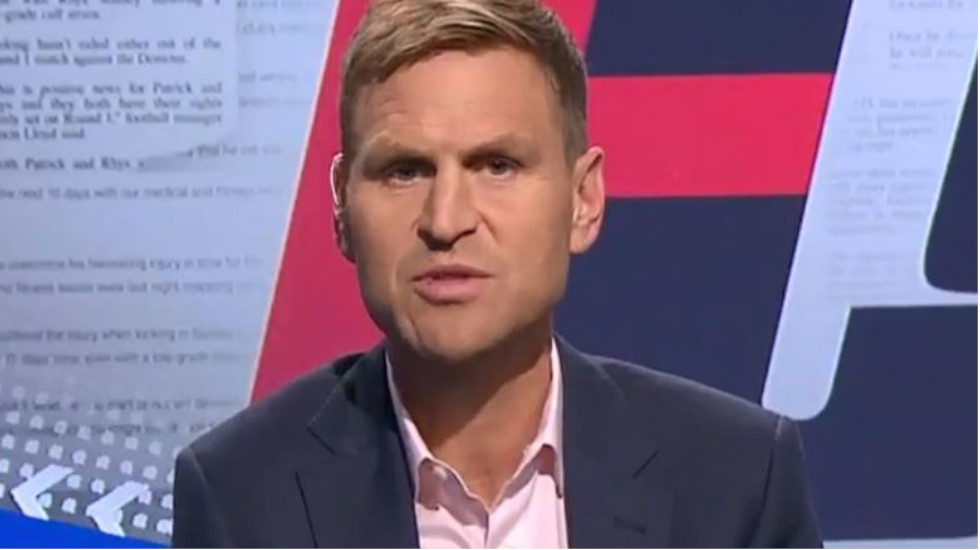
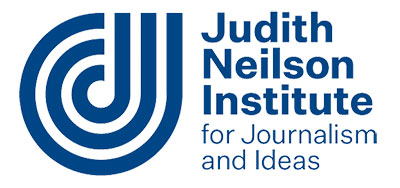
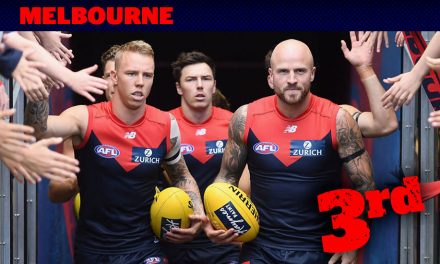
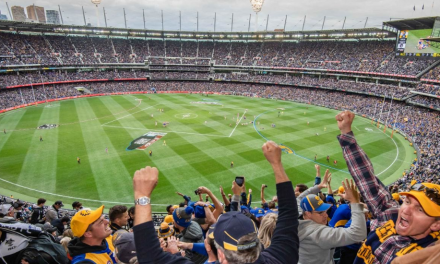

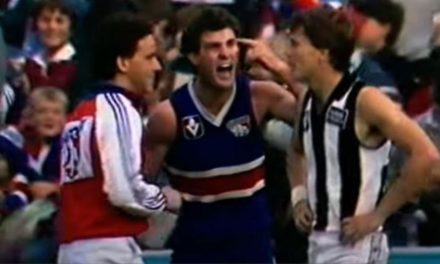






Kane Cornes is the Steve Price of football media. I often get the feeling he goes particularly hard on an issue merely to generate discussion without necessarily believing it. His analysis work can be good, but he is part of a growing trend of media commentators who rush to draw a conclusion and make the first call that a player is finished or a team is in crisis before there is enough body of evidence to be properly judged. And most who rush to be first with an opinion rarely have the same speed to admit to a wrong call.
Totally agree Barry- I wouldn’t mind so much if Cornes actually believed the things he says, but he’s as much as admitted that he just says whatever he thinks will create controversy for controversy’s sake. As such, everything he says is utterly meaningless as far as I’m concerned.
At what point does someone lose credibility when they constantly make outlandish comments. In the US they have a Sports media personality Skip Bayless who is well known for constantly talking down Lebron James, by questioning his accomplishments and greatness. By doing this Skip is diminishing his own reputation as a journalist and eroding the perception of him as a sporting analyst. I see a lot of Skip Bayless in Kane Cornes. After awhile people will see Kane Cornes name and skip pass the article or change the channel. He will just get filed under irrelevant. Past players don’t always make good analsysts, Mick Malthouse’s recent comments regarding Jack Riewoldt highlights this fact and maybe the reason he is no longer involved in football anymore. Past players with an axe to grind should find a different field of employment.
Good analysis of the current state of Football media.
What is concerning is that one day what is intended to be a “hot take” will lead to some serious consequences from either the subject or the person giving that opinion.
There’s also an issue where it’s not necessarily the person having an opinion but the coverage of said opinion that really stirs things up, no article beginning with “An AFL Great…” is ever worth reading these days.